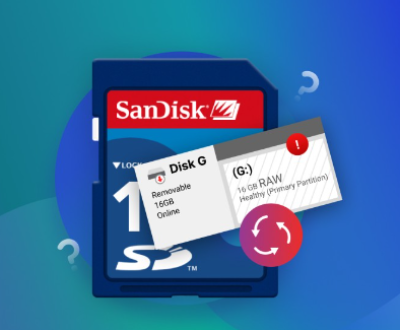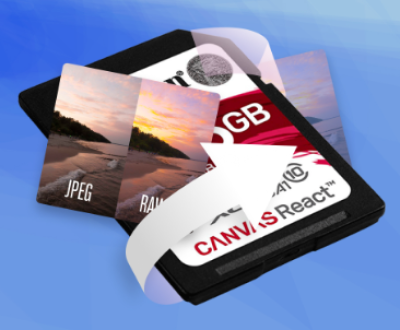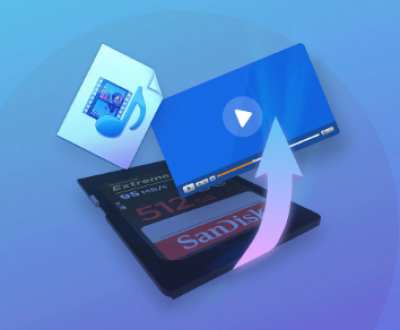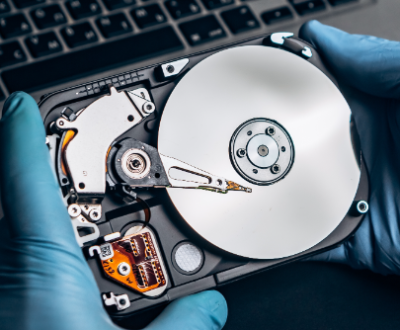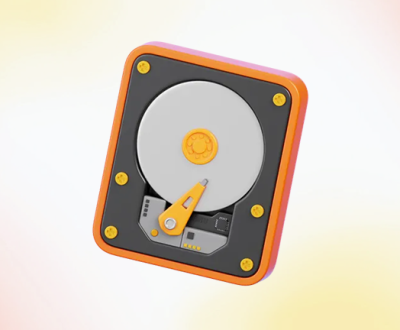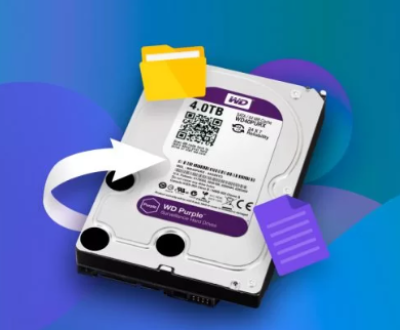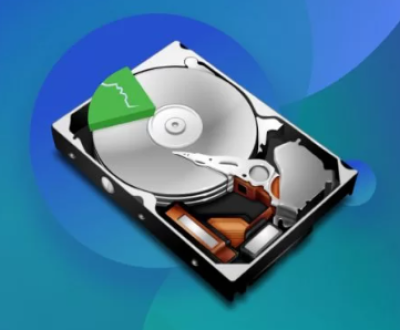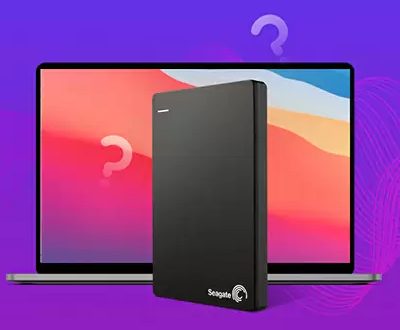Accidental deletions, formatting errors, virus infections, and hardware failures can all result in lost or inaccessible data. Fortunately, USB stick data recovery software provides an effective solution to recover lost files and prevent permanent data loss.
Chapter 1: USB Stick Data Loss
USB sticks are generally reliable, but several factors can cause data to disappear or become inaccessible. Understanding these causes is the first step in effective recovery:
Accidental Deletion – Files are mistakenly removed and may not appear in the Recycle Bin.
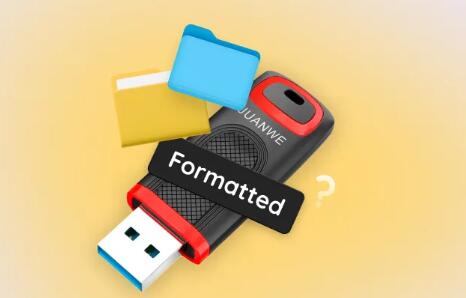
Formatting – Quick formatting or full formatting wipes out stored data.
Corruption – Improper ejection, file system errors, or bad sectors can corrupt data.
Virus/Malware Attacks – Malicious software can hide or delete files.
Physical Damage – Water, heat, or hardware issues can physically harm the USB stick.
Identifying the cause of data loss can help determine the most effective recovery strategy.
Chapter 2: How USB Data Recovery Software Works
Data recovery software scans the storage medium for residual data remnants and reconstructs lost files. Here’s how it generally works:
Scanning Algorithms – Software uses advanced algorithms to search for recoverable data.
File System Recognition – It identifies common file systems (e.g., FAT32. exFAT, NTFS) used by USB drives.
Preview Functionality – Some tools let users preview files before recovering them.
Selective Recovery – You can choose specific files or folders to restore.
Deep vs. Quick Scan – Quick scans find recently deleted files; deep scans recover data from formatted or corrupted drives.
Chapter 3: Key Features to Look For
Choosing the right USB stick data recovery software can be overwhelming. Here are key features to consider:
User Interface – Intuitive design for easy navigation.
Compatibility – Support for various file systems and USB brands.
Preview Option – View files before recovery to ensure accuracy.
File Type Support – Recovery for documents, images, videos, audio, emails, and archives.
Speed and Performance – Efficient scanning without freezing.
Safety – Read-only operations to prevent further data loss.
Customer Support – Helpful documentation and responsive support teams.
Price – Free and paid options with varying capabilities.
Chapter 4: Top USB Stick Data Recovery Software
Panda Assistant
Panda Assistant is a reliable and user-friendly data recovery software designed specifically to help users recover lost, deleted, or corrupted files from USB sticks and other storage devices. Whether your USB flash drive was accidentally formatted, infected by a virus, or experienced file corruption due to unsafe ejection, Panda Assistant makes data recovery quick, accessible, and effective.
What sets Panda Assistant apart is its intuitive interface and advanced recovery algorithms that can identify and retrieve files even in complex data loss situations. With support for a wide range of file types including documents, photos, videos, music, and more Panda Assistant ensures that your critical data is never truly lost.
Compatible with major USB brands and supporting file systems like FAT32. exFAT, and NTFS, Panda Assistant is an ideal choice for both home users and professionals. With just a few clicks, you can recover lost data and restore peace of mind.
Chapter 5: Step-by-Step Recovery Guide
Follow these steps to recover data using recovery software:
Stop Using the USB Stick – Prevent overwriting lost data.
Download Recovery Software – Choose from the list above.
Connect the USB Stick – Insert it into your computer’s USB port.
Launch the Software – Start the application.
Select the USB Drive – Choose the affected drive from the list.
Choose Scan Type – Quick scan for simple deletions; deep scan for complex cases.
Preview and Select Files – Review files and choose what to recover.
Recover Files – Save them to a different drive to avoid overwriting.
Chapter 6: Tips for Successful USB Data Recovery
Act Quickly – The longer you wait, the higher the chance of data being overwritten.
Avoid Writing New Data – Don’t save new files to the affected drive.
Use Reliable Software – Choose tools with good reviews and safety guarantees.
Regular Backups – Always keep copies of important files elsewhere.
Safely Eject USB Drives – Prevent file system errors and corruption.
Chapter 7: Data Protection and Prevention
Preventing data loss is just as important as knowing how to recover it. Here’s how to protect your USB stick data:
Backup Strategy – Use cloud storage or external hard drives.
Antivirus Protection – Keep your devices protected against malware.
Avoid Cheap USB Sticks – Invest in reliable brands.
Do Not Overload – Avoid filling the drive to full capacity.
Scan Regularly – Run periodic disk checks and antivirus scans.
Chapter 8: When to Seek Professional Help
Sometimes, DIY recovery isn’t enough. Seek professional data recovery services when:
Physical Damage – Cracked, broken, or burned USB sticks.
Clicking or Beeping Noises – Indicates internal damage.
Unrecognized by Computer – If the drive isn’t detected at all.
DIY Attempts Fail – Unsuccessful recovery after several tries.
Professional recovery labs can often retrieve data even in severe situations, though it can be costly.
About us and this blog
Panda Assistant is built on the latest data recovery algorithms, ensuring that no file is too damaged, too lost, or too corrupted to be recovered.
Request a free quote
We believe that data recovery shouldn’t be a daunting task. That’s why we’ve designed Panda Assistant to be as easy to use as it is powerful. With a few clicks, you can initiate a scan, preview recoverable files, and restore your data all within a matter of minutes.
Subscribe to our newsletter!
More from our blog
See all postsRecent Posts
- How to recover deleted files in sd memory card 2025-07-15
- How to recover lost photos from sd card 2025-07-15
- How do you recover deleted files from sd card 2025-07-15

 Try lt Free
Try lt Free Recovery success rate of up to
Recovery success rate of up to

